Chapter 2. DIVERSITY III—ANIMALS
Learning Objectives
General Purpose
Conceptual
- Be able to compare and contrast the major groups within the kingdom Animalia.
- Be able to describe the major evolutionary trends in structures within the kingdom Animalia.
Background Information
Animals are eukaryotic, multicellular, heterotrophic, ingestive organisms, meaning that they obtain food by ingesting other organisms or their by-products. Kingdom Animalia encompasses a very wide diversity of organisms (see Figure 11-1).
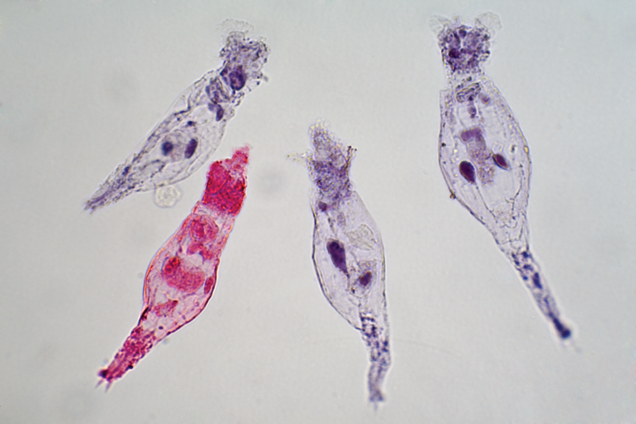
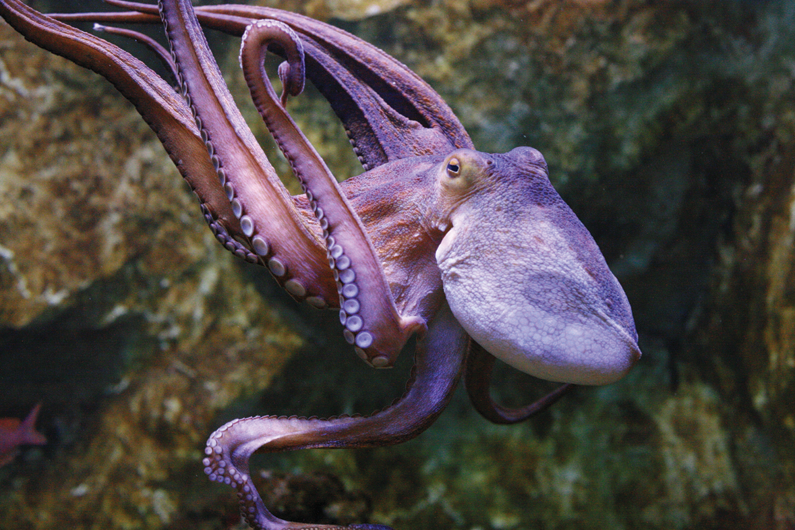
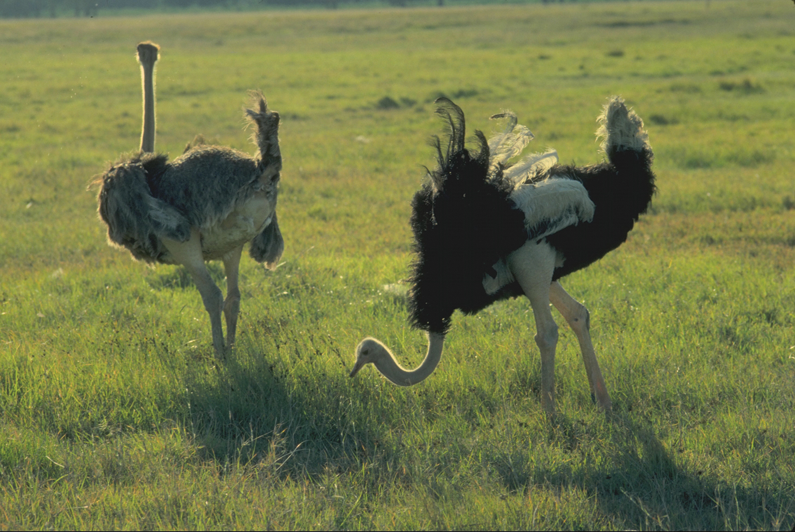

Animals can be grouped on the basis of physical characteristics including symmetry, the type of body cavity (coelom), basic embryological differences such as the number of germ layers present in the embryo and the arrangement of the digestive tract.
The animals this lab will focus on include the sponge, hydra, planarian, roundworm, and earthworm. In comparing these organisms, different characteristics will be used. Take time to become familiar with the following characteristics and their descriptions.
- Symmetry. Animals can have one of three different arrangements with respect to symmetry (see Figure 11-2): (a) radially symmetrical (parts arranged around a central axis), (b) bilaterally symmetrical (right and left halves are mirror images), or (c) asymmetrical (no apparent symmetry).
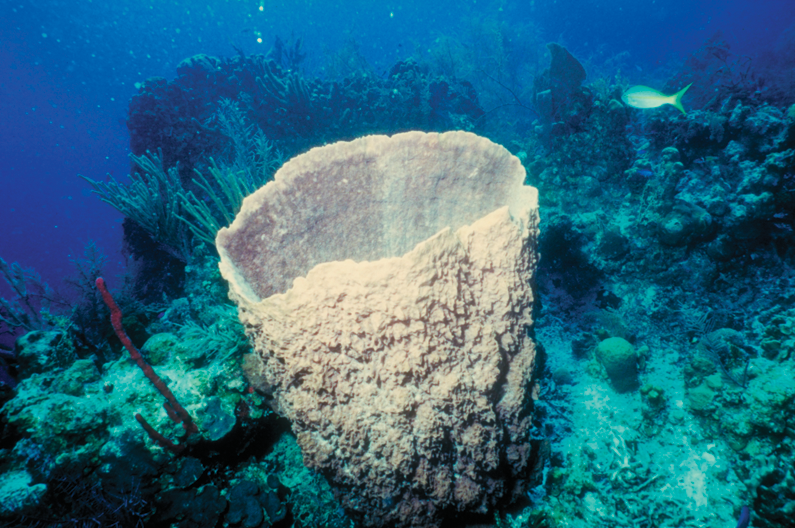
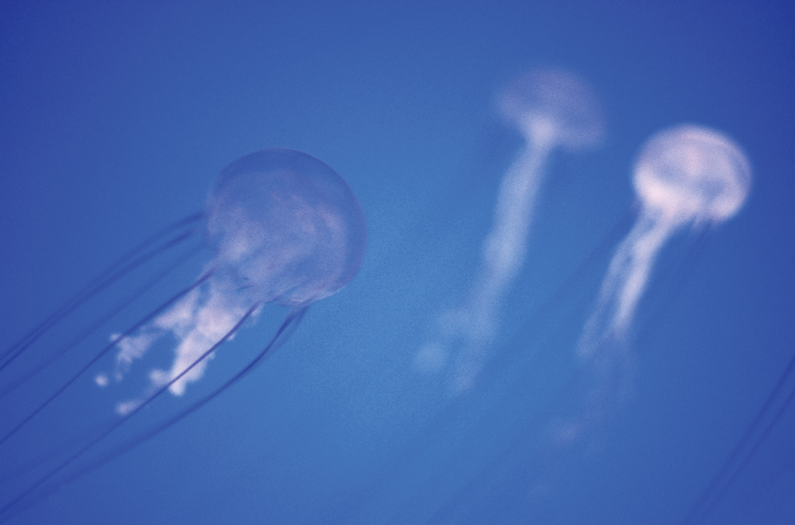
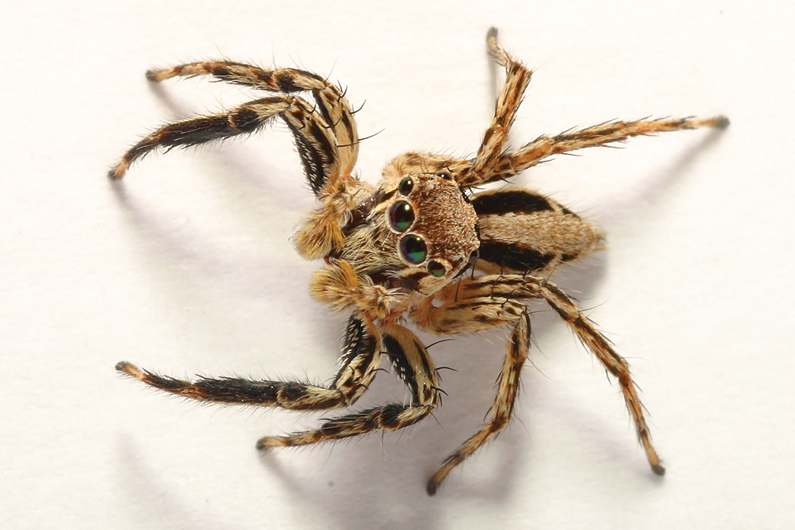
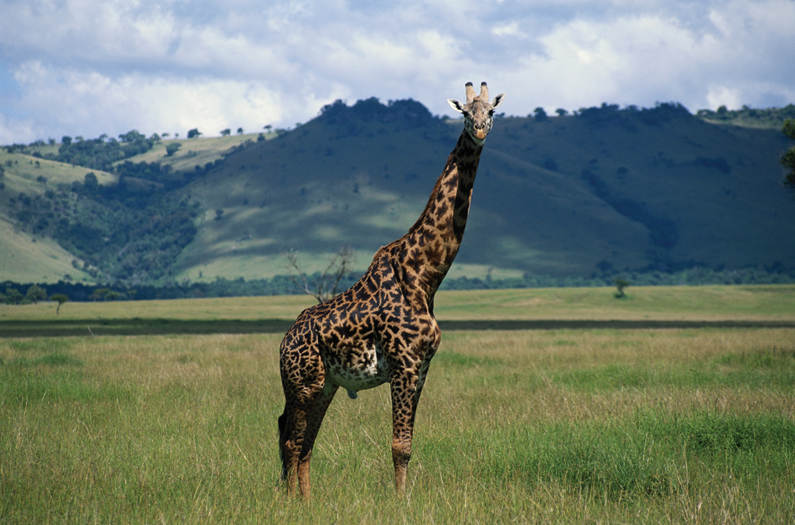
Radial symmetry can often result in the nerve and sensory cells or tissues being arranged somewhat uniformly around the organism body. In contrast, bilateral symmetry is associated with cephalization, the development of a concentration of nerve tissue (a brain) and sensory organs at the front end of the animal.
- Tissue organization. Specialized cells can be organized into well-defined tissue layers (structural and functional units). The number of tissue layers can vary depending on the organism. These tissue layers arise from tissue layers present in the embryo known as germ layers. Some animals lack tissue level organization, others have two tissue layers in the embryo (endoderm and ectoderm), and still other have three embryonic tissue layers (the endoderm and ectoderm with the mesoderm in between). Tissues in the embryo ultimately are the source for tissue development in the adult organism including organs and organ systems (see Figure 11-3).

- Body cavity. A body cavity is a space between the digestive cavity and body wall. Body cavities are present only in organisms that have three embryonic germ layers. There are three possibilities concerning a body cavity in the animal kingdom:
The remaining possibilities both have a body cavity but differ in its final arrangement (see Figure 11-4) and how the cavity develops.
b. Pseudocoelomate—three-layered bodies with a cavity (a pseudocoelom) between the endoderm-derived digestive cavity and any mesoderm-derived tissue. In this arrangement the body cavity is not completely surrounded by mesoderm.
c. Eucoelomate (true coelomate)—three-layered bodies with the coelom, or cavity, within the mesoderm (completely surrounded by mesoderm). In coelomates, the mesoderm suspends the gut within the body cavity.
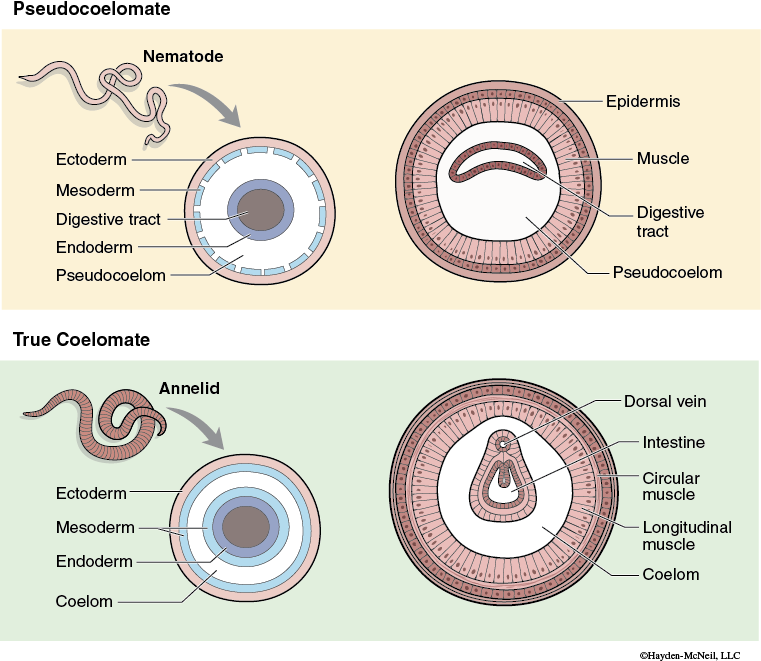
- Openings into the digestive tract. Some animals have a single opening that serves as both a mouth and an anus. Other animals have a tube-like digestive tract with two openings, an anterior mouth and a posterior anus.
- Segmentation. Animals with bilateral symmetry often have segmentation in tissues derived from the mesoderm. This segmentation appears as repeating structures, especially along the anterior–posterior axis (see Figure 11-5). Segmentation was thought to have evolved multiple times, therefore the segmentation similarities between insects, vertebrates, and annelids would be analogous traits. However, molecular data suggest that the genes controlling segmentation are homologous and the evolution of segmentation is still being explored.
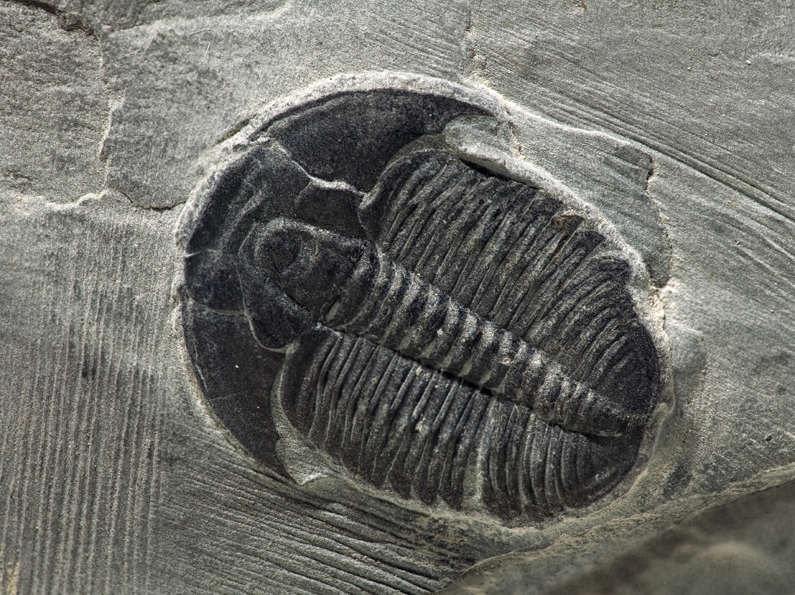
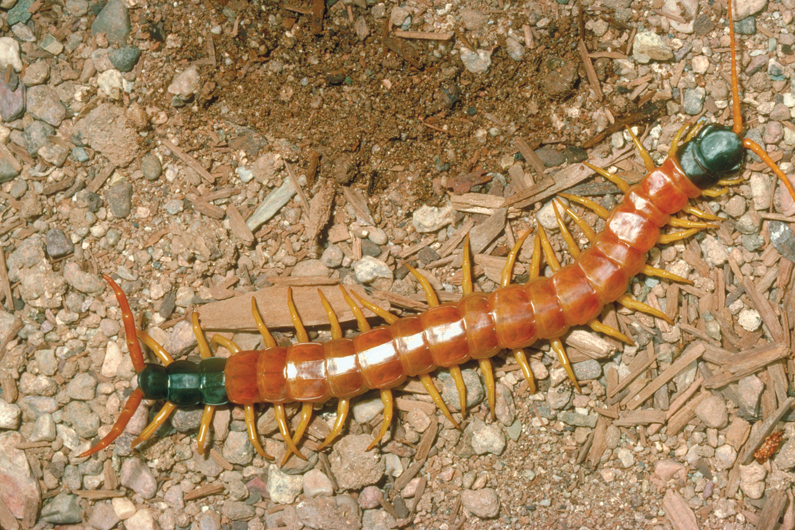
Segmentation can allow for a developmental increase in the size of an animal by increasing the number of segments. This type of evolutionary change can result in an increase in animal length.
For more about the general characteristics of the animal kingdom, view the following video:
Pre-Lab Quiz
Proceed to the Pre-Lab Quiz